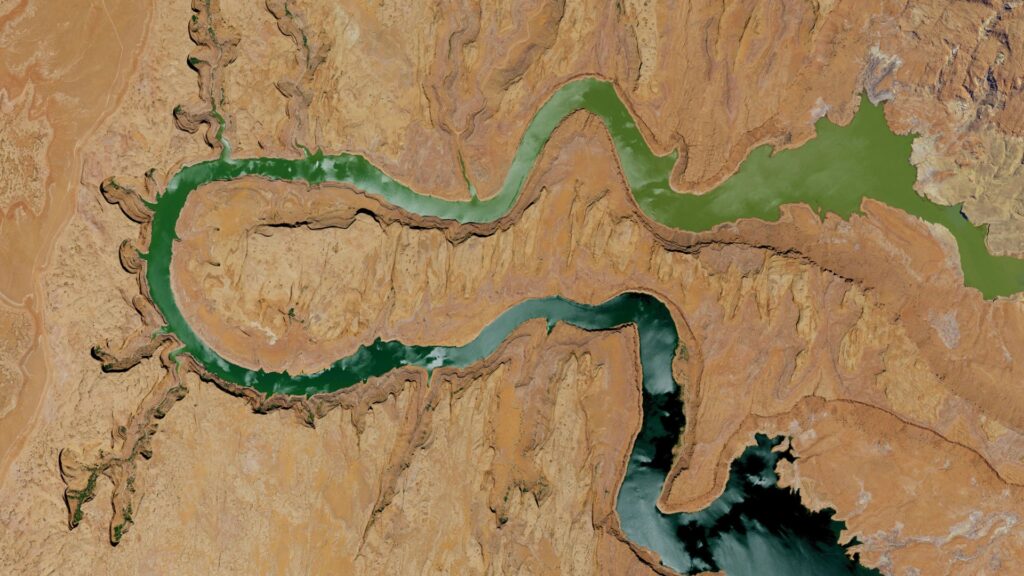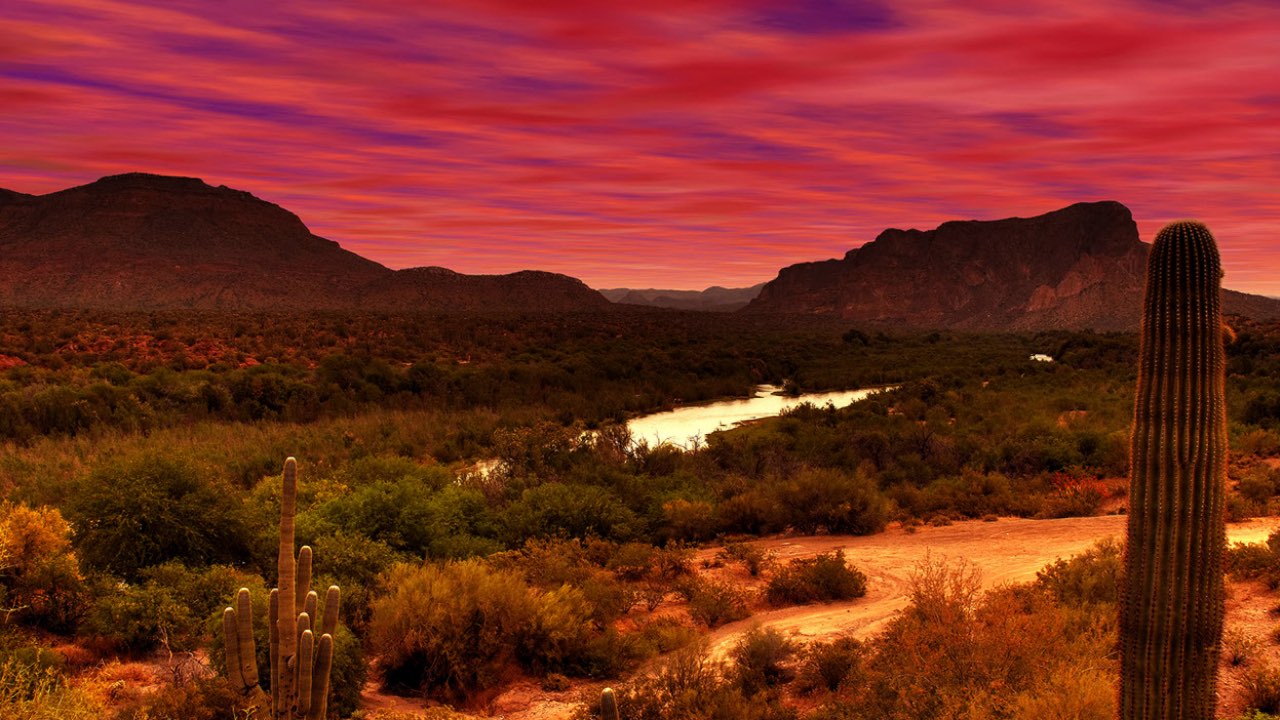Water Weekly: “The high price of…commodities is getting in the way”
If you can only read three stories about Western water this week, read these:
1. Arizona tribe will receive millions in federal payouts for water conservation
Alex Hager of KUNC radio reports that the “federal government will send up to $233 million to the Gila River Indian Community for water conservation.” The tribe has agreed to forego using 125,000 acre feet of Colorado River Water in 2023, for which it will receive $50 million, or $400 per acre-foot of water. It has the option to do so again in 2024 and 2025. That water will stay in Lake Mead, helping to ensure the reservoir can still make deliveries to Los Angeles, Phoenix, Las Vegas and farmers in California and Arizona, as well as generate hydropower. The funding for the payments comes from the Inflation Reduction Act, which included $4 billion in provisions to address the ongoing megadrought in the West. The tribe will also receive $83 million to build a water recycling infrastructure which will result in 20,000 acre-feet of conserved water per year when completed. 78,000 acre-feet of that water is pledged to stay in Lake Mead. The Gila River Indian Community’s participation is not necessarily indicative that the program will be successful, or that $400/acre-foot will be the going rate for conserved water, Sarah Porter, director of the Kyl Center for Water Policy at Arizona State University, told Hager. “I have asked a few growers who have the opportunity to participate if they will, and it’s clear that the high price of different agricultural commodities is getting in the way. The Gila River Indian Community is in a unique position to participate,” she said.
2. Biden administration rolls out $585 million for Western water projects
Federal funding from the Bipartisan Infrastructure Law has been awarded to projects in 11 Western states to address the aging infrastructure underlying the region’s human hydrology. More than half of that money will go to California, where extensive infrastructure repairs and improvements are needed from the Klamath basin in the far north of the state through the Central Valley and down to the Colorado River in the south. North Dakota received the second highest amount, with 27 projects receiving more than $80 million collectively. Three projects in Colorado were funded, with $56 million going to the “planning, design and subsequent construction” of a water treatment facility and chemical storage building at the Leadville mine drainage tunnel to keep heavy metals out of groundwater that eventually flows into the Arkansas River, reported Jacob Fischler for Colorado Newsline.
3. Program to increase ag water resiliency
Utah State University Extension has received a $5 million grant from Utah’s water agencies to work with farmers and ranchers in the state on water use efficiency, in hopes of making the state’s significant agriculture sector more resilient to drought. Shelby Ruud Jarman, a writer for USU extension, writes in a release published by Farm Progress that “The program will begin this spring with the recruitment of 25 farmer participants who will work with USU Extension experts to test alternative crops and develop irrigation management plans.” Called the Ag Water Demonstration, Research, and Implementation Program (Ag-DRIP), the project will “will provide farmers with resources to do what many are already striving to do: make the best use of the available water resources,” according to Burdette Barker, USU Extension irrigation specialist. To learn more and apply to participate in the Ag-DRIP program, visit https://tinyurl.com/usuag-drip.
Get the Water Weekly in your Inbox each week.






